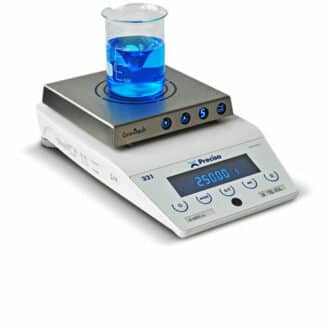
Wuxi Medcare Instrument Co., Ltd. gallium thermometer
Analog glass thermometers can be used with an anal, oral or axillary measurement point. Once considered the standard, they are now used much less. There are several reasons for this.
First of all, the measurement which is indicated on a graduated axis is difficult to read and it takes several minutes to obtain the patient’s exact temperature. These thermometers can also break easily since they are made of glass and cannot be used orally under any circumstances on babies or young children.
Please note that mercury thermometers have almost entirely disappeared due to the toxicity of mercury. They have been replaced by models containing a mixture of gallium, tin and indium that expand in the thermometer when heated.







